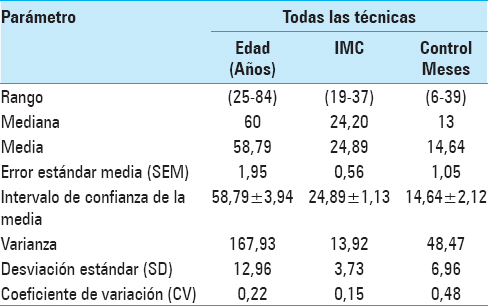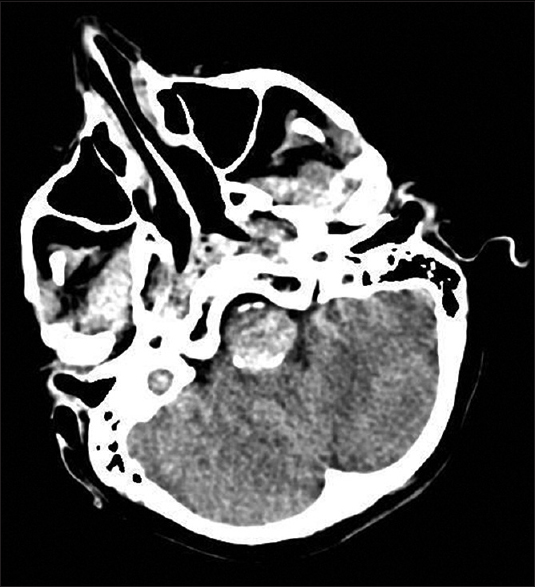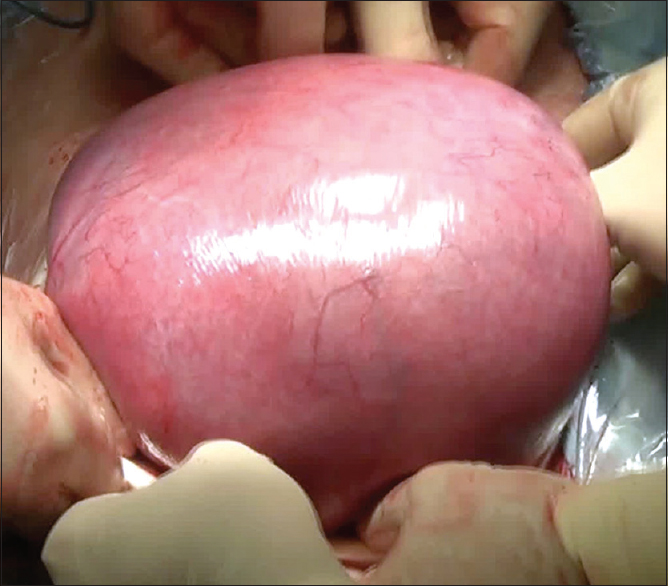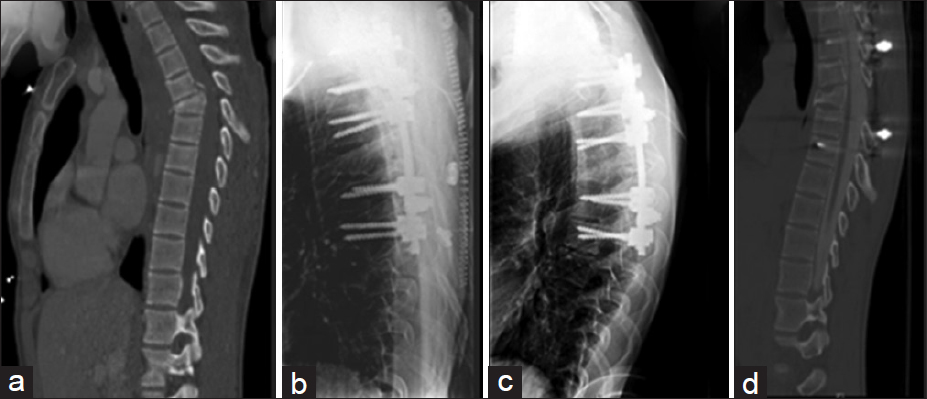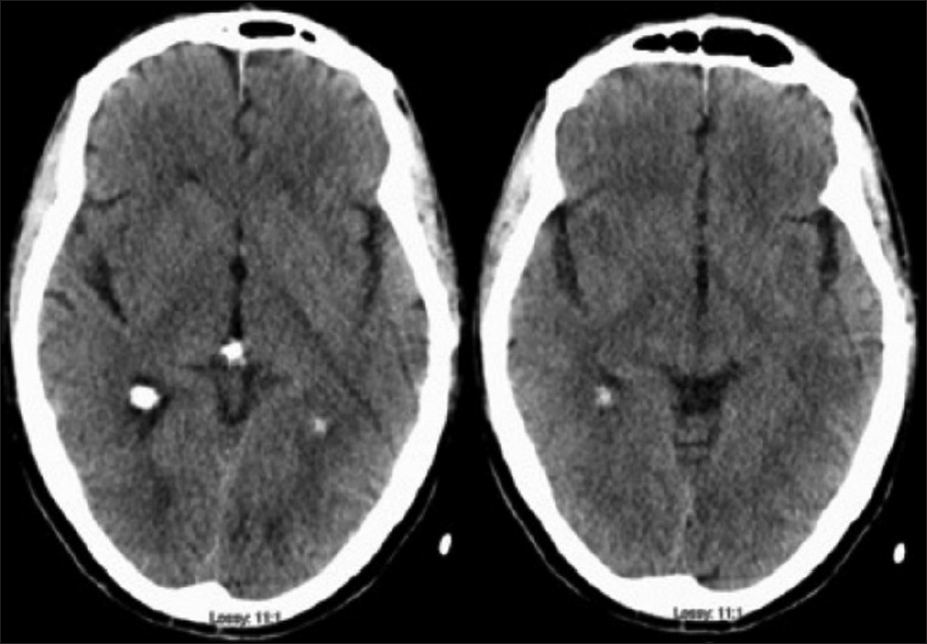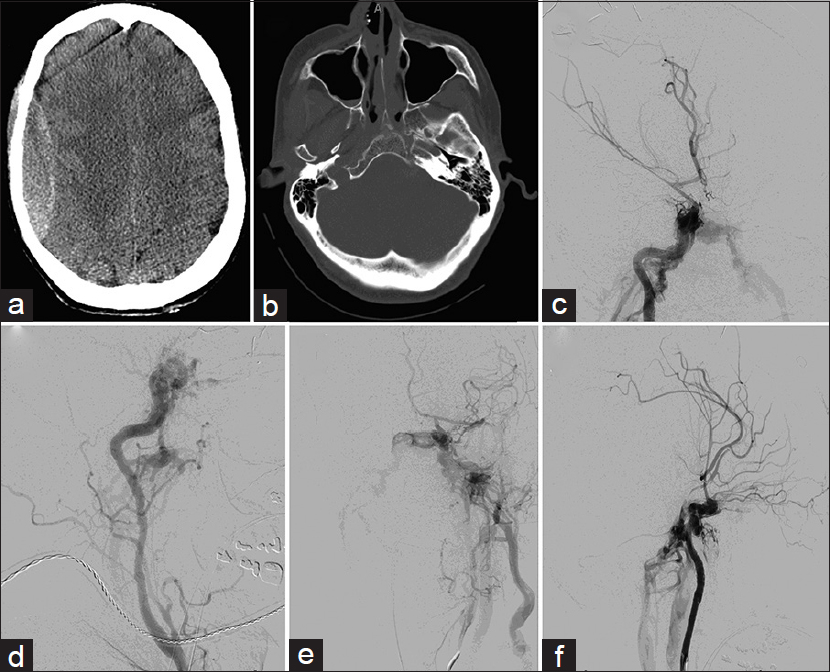Unedited microneurosurgery of a posterior fossa pilocytic astrocytoma
Date of publication: 28-Nov-2018
Background:Pilocytic astrocytoma (PA) is a WHO grade I glioma and the most common pediatric brain tumor. PA is most commonly localized in the cerebellum with extremely rare disemination and progression to higher grade astrocytomas. Thus, overall survival rates are excellent after gross total resection. Herein, we present an unedited microneurosurgery of a histologically confirmed cerebellar PA. Our aim is to demonstrate the efficiency and safety of our microsurgical technique into deep brain territories. For this, a paramedian supracerebellar infratentorial approach and a proper praying sitting position are essential.
Unedited microneurosurgery of a large recurrent papillary tumor of the pineal region
Date of publication: 28-Nov-2018
Background:Papillary tumor of the pineal region (PTPR) is a new entity introduced in the 2007 World Health Organization (WHO) nomenclature to describe a rare grade II–III pineal lesion with epithelial-like papillary architecture and particular immunohistochemical features. PTPR is extremely rare in children. Herein, we present an unedited gross total microsurgical resection of a histologically confirmed WHO grade III PTPR. Our aim is to demonstrate the efficiency and safety of our microsurgical technique into deep brain territories under the principle “simple, clean, and preserving the normal anatomy.” For this, a posterior occipital interhemispheric approach and a proper praying sitting position were essential.
Microsurgical clipping of a large ruptured anterior communicating artery aneurysm
Date of publication: 28-Nov-2018
Background:Anterior communicating artery (AComA) aneurysms are the most complex aneurysms of the anterior cerebral circulation. They mostly arise between the dominant A1 and the AComA, and are associated with intraventricular hemorrhage or other aneurysms in around 20%–30% of the cases. Giant and fusiform aneurysms are rare in this location in contrast to the common small ruptured aneurysms. Throughout the treatment, branches of A1–A2 complex such as the orbitofrontal artery, the frontopolar artery, the recurrent artery of Heubner, medial lenticulostriate arteries, and small perforators from the A1–A2 junction should be preserved. The orientation of the aneurysm, undefined in case of tortuous A1, but usually to the contralateral side of the dominant A1, might be downward, forward, upward, backward, or even of a complex morphology. Moreover, the evaluation of the chiasm and skull base, the site of possible rupture, the presence of intraluminal thrombosis, vascular calcifications, or anatomic variations of A1 and A2 segments is required. Since the angle between the AComA perforators and the A2s varies between 30° and 180°, parallel application of the clip along the AComA is unrecommended.
Unedited microneurosurgery of a solitary fibrous tumor of the pineal region
Date of publication: 28-Nov-2018
Background:Solitary fibrous tumor/hemangiopericytoma is a new combined entity introduced in the 2016 World Health Organization classification of tumors of the central nervous system for grade I–III soft-tissue tumors. While grades II and III present more aggressive course and might require adjuvant radiochemotherapy, grade I tumors have a good outcome after gross total resection. In this video-abstract, we present an unedited microneurosurgery of a histologically confirmed benign solitary fibrous tumor of the pineal region performed by a senior author (JH). Our aim is to demonstrate the efficiency and safety of our microsurgical technique into deep brain territories under the principle “simple, clean, and preserving the normal anatomy.” For this, a paramedian supracerebellar infratentorial approach and a proper praying sitting position are essential.
Atrofia paraespinal postoperatoria. ¿El abordaje importa?
Date of publication: 26-Nov-2018
Objetivo:comparar la magnitud de la atrofia muscular postoperatoria que producen tres abordajes en fusiones lumbares segmentarias para patología degenerativa. (línea media vs Wiltse vs MIS TLIF).
Aneurisma gigante de arteria vertebral en paciente de edad pediátrica
Date of publication: 26-Nov-2018
Objetivo:Describir el caso de un paciente pediátrico portador de un aneurisma gigante de arteria vertebral tratado mediante clipado microquirúrgico.
Cirugía fetal de mielomeningocele: Evolución obstétrica y resultados perinatales a corto plazo de una cohorte de 21 casos
Date of publication: 26-Nov-2018
Objetivo:Describir la técnica quirúrgica, evolución obstétrica y resultados perinatales de una cohorte de pacientes sometidas a cirugía intrauterina para reparación de una disrafia fetal abierta (DFA).
Surgery for traumatic fractures of the upper thoracic spine (T1–T6)
Date of publication: 19-Nov-2018
Background:The management of traumatic upper thoracic spine fractures (T1–T6) is complex due to the unique biomechanical/physiological characteristics of these levels and the nature of the injuries. They are commonly associated with multiple other traumatic injuries and severe spinal cord injuries. We describe the safety and efficacy of surgery for achieving stability and maintaining reduction of upper thoracic T1–T6 spine fractures.
Artery of Percheron infarction results in severe bradycardia: A case report
Date of publication: 19-Nov-2018
Background:The thalamus is normally supplied by each posterior cerebral artery (PCA). The artery of percheron is a variant of this anatomy as it arises as a single trunk unilaterally from the PCA to supply the thalamus bilaterally. Occlusion of this artery is rare, and the diagnosis is usually missed without obtaining an MRI.
Bilateral blunt cerebrovascular injury resulting in direct carotid-cavernous fistulae: A case report and review of the literature
Date of publication: 19-Nov-2018
Background:Bilateral blunt cerebrovascular injury (BCVI) has been documented in 32 patients in the English-language literature and bilateral carotid-cavernous fistulae (CCFs) have been reported in only 1 patient. Here, we present a case of severe, unexpected bilateral BCVI with bilateral direct CCF and review the literature of BCVI, particularly cases of bilateral injury.


